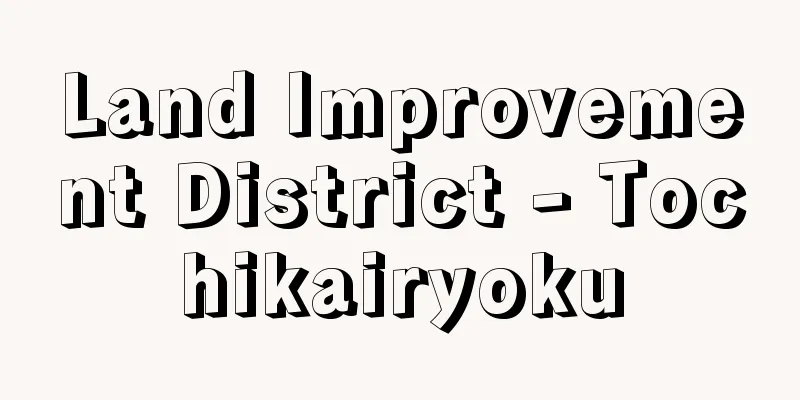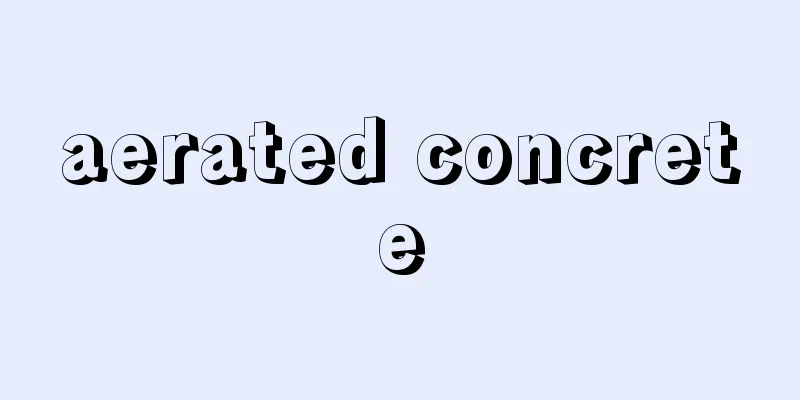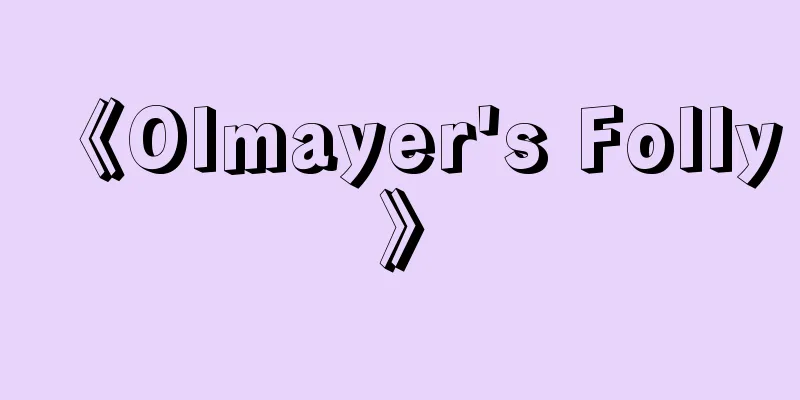Land Improvement District - Tochikairyoku

|
It was established and organized under the Land Improvement Law enacted in 1949 (Showa 24) to carry out land improvement projects such as the construction, improvement and management of irrigation facilities, farmland reclamation, disaster recovery of these, land readjustment, and exchange/division of farmland. It can be established when 15 or more persons who meet the qualifications set out in the Land Improvement Law receive approval from the governor for the purpose of carrying out land improvement projects. Before the Second World War, the organizations that carried out land improvement projects in the mainland were land consolidation associations, which were dissolved after the project was completed, and the management of irrigation facilities was carried out by ordinary irrigation associations. These two associations and the Hokkaido Land Improvement Association were abolished with the enactment of the Land Improvement Law and consolidated into improvement districts. The improvement districts that were established in this way include those that acted as business organizations and those that acted as management organizations or organizations that paid local contributions to national and prefectural land improvement projects. In principle, land improvement district members are cultivating farmers, which is quite different from the prewar associations which were composed only of landowners. As stipulated in the Land Improvement Law, improvement districts have articles of incorporation and appoint directors and auditors as officers to carry out their duties, but important matters are decided at land improvement district general meetings and representative meetings. According to a survey by the Ministry of Agriculture, Forestry and Fisheries, as of 2001, there were 7,004 improvement districts established nationwide. Of these, Hokkai Land Improvement District in Hokkaido, Nishikanbara Land Improvement District in Niigata Prefecture, and Minuma Land Improvement District in Saitama Prefecture are known as improvement districts with associated areas of over 10,000 hectares. [Keijuro Nagata] [Reference items] | | | | |Source: Shogakukan Encyclopedia Nipponica About Encyclopedia Nipponica Information | Legend |
|
1949年(昭和24)制定の土地改良法により設立、組織されたもので、水利施設の新設・改良や管理、開田畑、干拓、これらの災害復旧、農地の区画整理、交換分合などの土地改良事業を施行する法人。土地改良法が定める資格をもった15人以上の者が、土地改良事業の施行を目的として知事の認可を受けたときに設立できる。 第二次世界大戦前には、内地において土地改良事業を施行する団体は耕地整理組合で、これは事業完了後は解散し、水利施設の管理は普通水利組合が行っていた。この両組合および北海道土功組合は、土地改良法の制定により廃止され、改良区に一本化された。このような経緯で設立された改良区には、事業団体的なものと、管理団体ないし国県営土地改良事業の地元負担金の負担団体的なものとがある。 土地改良区の構成員は原則として耕作農民であり、戦前の諸組合が土地所有者だけで構成されていたのとはまったく異なっている。改良区は、土地改良法の定めるところにより、定款をもち、また役員として理事、監事を置いて業務を執行しているが、重要事項は土地改良区総会・総代会で決定される。農林水産省の調査によると、2001年(平成13)現在、全国で設立されている改良区数は7004である。これらのうち、北海道の北海土地改良区、新潟県の西蒲原(にしかんばら)土地改良区、埼玉県の見沼(みぬま)土地改良区などは、1万ヘクタール以上の関係面積をもつ改良区として知られている。 [永田恵十郎] [参照項目] | | | | |出典 小学館 日本大百科全書(ニッポニカ)日本大百科全書(ニッポニカ)について 情報 | 凡例 |
<<: Land and house surveyor - Tochikaokuchousashi
>>: Land improvement machinery - Tochikairyokikai
Recommend
Takanawa
This area is located in the southeastern part of ...
Resorption
...It is the process by which molecules or ions a...
Li Xiucheng
The supreme military commander of the late Taipin...
Kinzai - Kinzai
…Before this, in 1129, Hangzhou had been renamed ...
Saburo Katsuta
...He is thought to have been a member of the Min...
Quenching oil - Yakiireyu (English spelling)
Mineral oil for heat treatment such as quenching a...
Shinhotaka [Hot Springs] - Shinhotaka
A group of hot springs in the upper reaches of the...
Thiamine pyrophosphate
... Deficiency symptoms often cause skin disorder...
Amaranth
…An annual plant of the Amaranthaceae family nati...
Climbing the Yueyang Tower
…The fourth period is the period up until his dea...
Mitsumata (Mitsumata) - Mitsumata (English spelling) paper-bush
A deciduous shrub of the Thymelaeaceae family with...
Massis, Henri
Born: March 21, 1886 in Paris Died April 17, 1970....
pâtissier (English spelling)
…The saucier is responsible for all meat dishes a...
Matarajin - Matarajin
[1] A Buddhist term. The guardian deity of the Jyo...
Omer Pa a Latas (English spelling) OmerPaaLatas
… [Tanaka Issei]. . . *Some of the terminology th...









